When it comes to developing Android apps, you are not starting from scratch. There is are plethora of amazing frameworks that give you tools, libraries, and ready-to-use features.
So you can focus on writing great code instead of solving the same issues again and again.
These Android frameworks also guide you wth proven methods and coding practices, which can save you time and help you avoid errors.
However, with so many options available, it can be challenging to figure out which one suits your project best.
Don’t worry! We’ve done the homework for you. In this blog, you’ll find a handpicked list of top Android development frameworks to help you build faster, smarter, and more efficiently.
So, let’s begin!
What is Android Framework?
Android frameworks are simply a set of tools and rules that help people make apps for Android phones.
You can think of it like this. If you want to make an Android app, you don’t need to build everything by yourself.
It helps developers with cross-platform development without starting from zero. They can just add their designs, features, and animations on top of it.
The Android Framework gives you a bunch of ready-made elements like buttons, menus, and help with saving data.
It also makes it easier to update the app or fix bugs later.
Top 10 Most Popular Android Frameworks of 2025
There are plenty of Android frameworks for mobile app development, and choosing the right one can feel overwhelming.
To make things really easy, we have jotted down the top 10 Android frameworks along with their benefits.
Let’s have a look at the best options to consider for your next Android app.
1. Flutter
The first Android framework on our list is Flutter, which is developed by Google.
It is one of the best programming languages for developing Android applications and also works for iOS with just one codebase.

It first came out in 2017, but before that it was called Sky and was made just for Android. Since then, Flutter has grown huge.
By 2021, around 42% of Android developers were using it, which shows how famous and useful it has become.
One of the best features about Flutter is how easy it makes designing visually appealing applications.
Developers love features like hot reload, which allows them to see changes right away without restarting the application.
This saves a huge time in app development.
Flutter Features:
- Single codebase
- Hot reload
- Easy integration
- Responsive design
- Rich UI widgets
2. Ionic
If you are looking for one of the free and open-source Android frameworks, Ionic is the best choice.
It is used for mobile apps, websites, or web apps by using web languages like HTML, CSS, and JavaScript. It first came out in 2014 as a beta version.
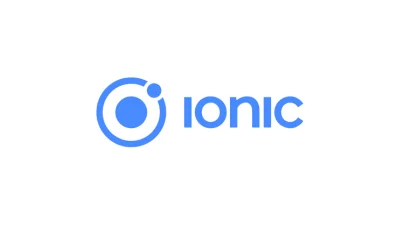
What makes Ionic famous is that it allows developers to create apps for different platforms with a single code.
Additionally, it comes with many built-in elements and tools that help developers design the app’s front-end.
However, if the mobile app requires specific features from a mobile device, then a bit of native code might be required.
Ionic Features:
- Cross-platform development
- Based on web technologies
- Native-like performance
- Rich library of pre-built UI elements
- Scalable for enterprise apps
3. React Native
Have you heard that you can use JavaScript to make real mobile applications? Well, that’s what React Native does.
It was created by Facebook in 2015. With React Native, you write code in JavaScript, but the app looks and works like a normal mobile app.
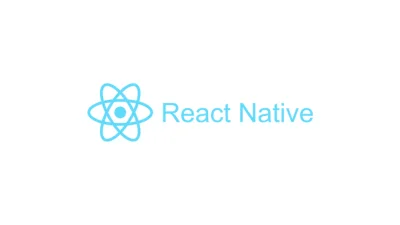
Additionally, if you are a developer who already understands JavaScript, React Native is very easy to learn. You can also use mobile features like the camera, GPS, and more.
Many big brands like Airbnb, Instagram, and Walmart include React Native in their mobile app tech stack to build their apps.
Right now, about 14 out of 100 top mobile applications in the US are developed with React Native, and more people keep adding it to their mobile app tech stack every day.
React Native Features:
- Uses JavaScript to build mobile apps
- Creates real native apps with native UI components
- Cross-platform support for iOS and Android
- Easy to learn for JavaScript developers
- Hot Reloading for faster development
4. Xamarin
If you choose Xamarin to build your mobile app, you will be using a great tool for Android app development that works on both Android and iOS.
It allows you to write most of your code in C#, which you can then share across both platforms.
This means you do not have to create separate versions of your app for each operating system.
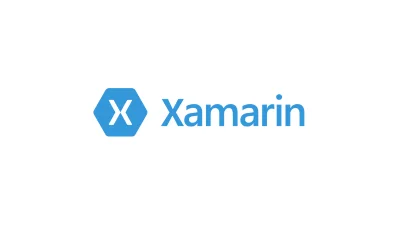
This makes development more efficient and less time-consuming. Many businesses prefer Xamarin for this reason, as it reduces the complexity of managing two different codebases.
Additionally, it provides extensive documentation and resources, which makes it easier for developers to learn and use the framework.
From developing a new app to maintaining an existing one, Xamarin helps streamline the app development process while delivering a smooth experience for both Android and iOS users.
Xamarin Benefits:
- Reduces development time and cost
- Access to native APIs and features
- Integrated with Visual Studio
- Strong community and Microsoft support
- Built-in testing and debugging tools
5. Marmalade SDK
Marmalade SDK is yet another one of the powerful Android frameworks that helps developers create top-notch apps using C#.
It enables you to create your app once and run it on both iOS and Android, which saves time and effort during development.
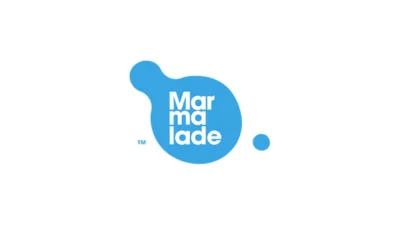
If you’re looking to publish your Android app on the Google Play Store, Marmalade makes it easier by supporting everything you need to get your app ready for release.
One of its biggest advantages is access to native device features, giving you better control over how your app functions on different devices.
This makes it a reliable option for building smooth, high-performance apps that fully use the hardware.
Marmalade comes with a range of tools and libraries that simplify the development process.
It’s especially popular for mobile game development thanks to its ability to handle high-quality graphics.
Marmalade SDK Features:
- Access to native device APIs
- High-performance rendering engine
- Excellent graphics handling for game development
- Built-in tools and libraries
- Single codebase for multiple platforms
- Easy integration with third-party plugins
6. jQuery Mobile
jQuery Mobile is a web framework created by the jQuery team and released in 2010, designed to help build mobile-friendly websites and apps.
It is built on HTML5, and the major focus is on making an easy and responsive web design on different devices like mobile phones, tablets, and desktops.
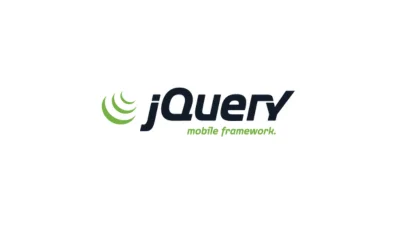
The main idea behind jQuery Mobile is to write less and do more. This makes it simpler for Android app developers to create smooth, responsive applications without spending too much time on complicated code.
The framework includes ready-to-use UI components that adapt well to any screen size. This ensures a good user experience on various devices.
Additionally, with a strong community backing, developers can quickly find help and resources whenever required.
jQuery Mobile Benefits:
- Mobile-friendly and responsive design
- Simple, time-saving development
- Pre-designed UI components
- Supports multiple devices
7. Corona SDK
Corona SDK, launched in 2009 by Corona Labs Inc., is a software development kit used to develop Android mobile apps and games.
It is known for creating fast and lightweight applications, especially for Android and iOS.
One of its major features is the use of Lua, a simple programming language that works well with C++ and OpenGL.

This helps developers build high-performance mobile app architecture without much complexity.
Corona SDK supports cross-platform development. This means you can create one app and run it on different devices like Android phones, iPhones, and Windows desktops.
It is a popular choice for developers who want to save time while making seamless responsive apps.
Corona SDK:
- Used for building apps and games
- Fast performance and quick loading times
- Uses the Lua programming language
- Built on top of C++ and OpenGL
- Supports cross-platform development
8. NativeScript
NativeScript is a free Android framework launched in 2015 that helps developers build top-notch applications for both Android and iOS.
Developers can use JavaScript, TypeScript, or Angular to create mobile applications that look and feel truly native.
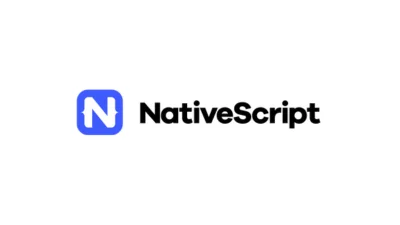
One of its main benefits is that it allows developers to access native device features directly. This means better performance and a smooth user experience.
By 2023, more web developers started using the NativeScript mobile app development framework because it allowed them to apply their familiar web skills to mobile app development.
A big plus is that you can write your code once and reuse it across platforms, which saves time and reduces mobile app development costs.
With plenty of plugins and a strong developer community, it is easy to find support and tools to build better apps faster.
NativeScript Benefits:
- Full access to native device features for better speed and performance
- Works on both Android and iOS with a single codebase
- Reuse code across platforms to save time
- A large collection of plugins to add extra features easily
- A helpful developer community for support and problem-solving
9. SproutCore
What makes a good JavaScript framework for mobile app development? SproutCore is one of the best Android frameworks that stands out.
Originally developed by Apple, it is built as a mobile app that runs really fast and manages complex features.
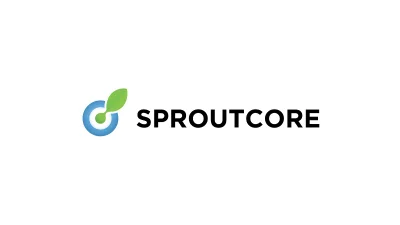
Additionally, it uses a clear structure called Model-View-Controller (MVP), which helps keep the app organized and easy to scale as it grows.
One impressive thing about SproutCore is its huge set of tools that cover pretty much everything you need for mobile app development.
Since its main focus is on clear writing and maintainable code. It can be the best choice for developers who want their apps to be both powerful and easy to manage.
SproutCore Benefits:
- Improves app scalability and maintainability
- Enables rich, desktop-like user interfaces in the browser
- Supports data binding for automatic UI updates
- Helps separate business logic from UI for cleaner code
- Allows creating offline-capable web applications
10. Framework7
Are you looking for an easy way to build mobile or web apps that feel just like native ones? Well, Framework7 might be just what you need.
Since it first came out in 2014, this open-source framework has become a favorite for developers who want to create hybrid apps.
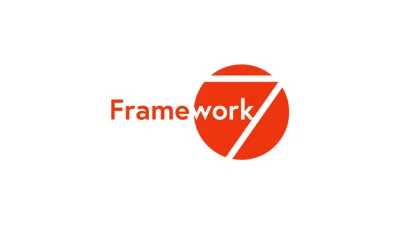
It comes with many ready-made mobile-friendly UI components and layouts, so you can build attractive apps hassle-free.
Additionally, Framework7 works with plain JavaScript as well as popular technologies like Vue and React. This provides many options based on your point.
So, if you are planning to develop an Android mobile app, consulting with a skilled Android app development company can help you make the most of Framework7.
Framework7 Benefits:
- Customizable and flexible design system
- Optimized for mobile performance
- Built-in routing and state management
- Easy to use with minimal setup
- Native-like look and feel for apps
Nimble AppGenie Helps You Find the Best Android Frameworks!
Choosing the right Android Framework can be challenging, especially when there are so many options available.
But fret not! Understanding your objectives and having a clear development plan will make the process smoother.
If you are looking for a reliable way to build top-quality cross-platform apps, Nimble AppGenie is here to help.
As a leading mobile app development company, our team excels in developing flexible and user-friendly Android apps with faster delivery.
With more than 8+ years of experience in mobile app development, we have developed a strong reputation in the industry.
Our professional developers stay up to date with the latest Android technologies and frameworks.
So we can develop advanced and cutting-edge solutions that align with your requirements.
So, if you are not sure where to start? We will guide you through choosing the right Android Frameworks.
Final Thoughts
The world of Android app development offers a variety of frameworks, each with its own strengths.
If sharing code across platforms is your priority, Kotlin Multiplatform Mobile is a solid choice.
However, if you need a native feel with access to a wide range of plugins? React Native could be the right choice.
If you are after smooth performance and visually rich interfaces, Flutter stands out.
Now that you have explored the different Android frameworks in the above blog, you will be better prepared to choose the framework that fits your project requirements.
FAQs
You can choose the right framework by following the steps below:
- Start by understanding your project needs.
- Know your developers’ skillset.
- Evaluate frameworks based on performance and scalability.
- Consider community support and documentation.
- Assess compatibility and maintenance.
- Use real-world data and testing.

Niketan Sharma, CTO, Nimble AppGenie, is a tech enthusiast with more than a decade of experience in delivering high-value solutions that allow a brand to penetrate the market easily. With a strong hold on mobile app development, he is actively working to help businesses identify the potential of digital transformation by sharing insightful statistics, guides & blogs.
Table of Contents




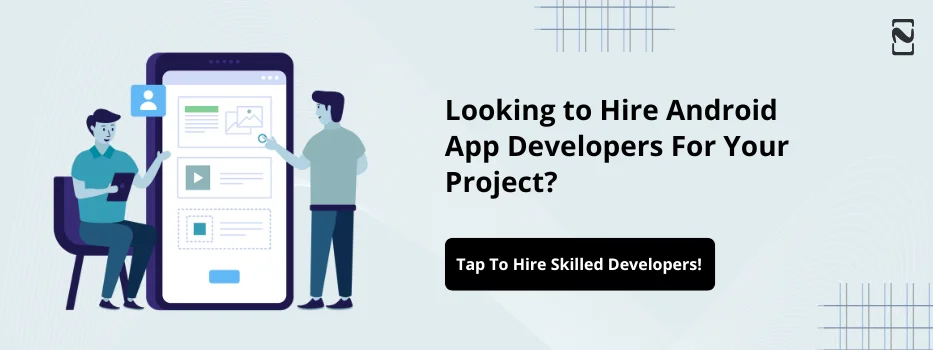

No Comments
Comments are closed.